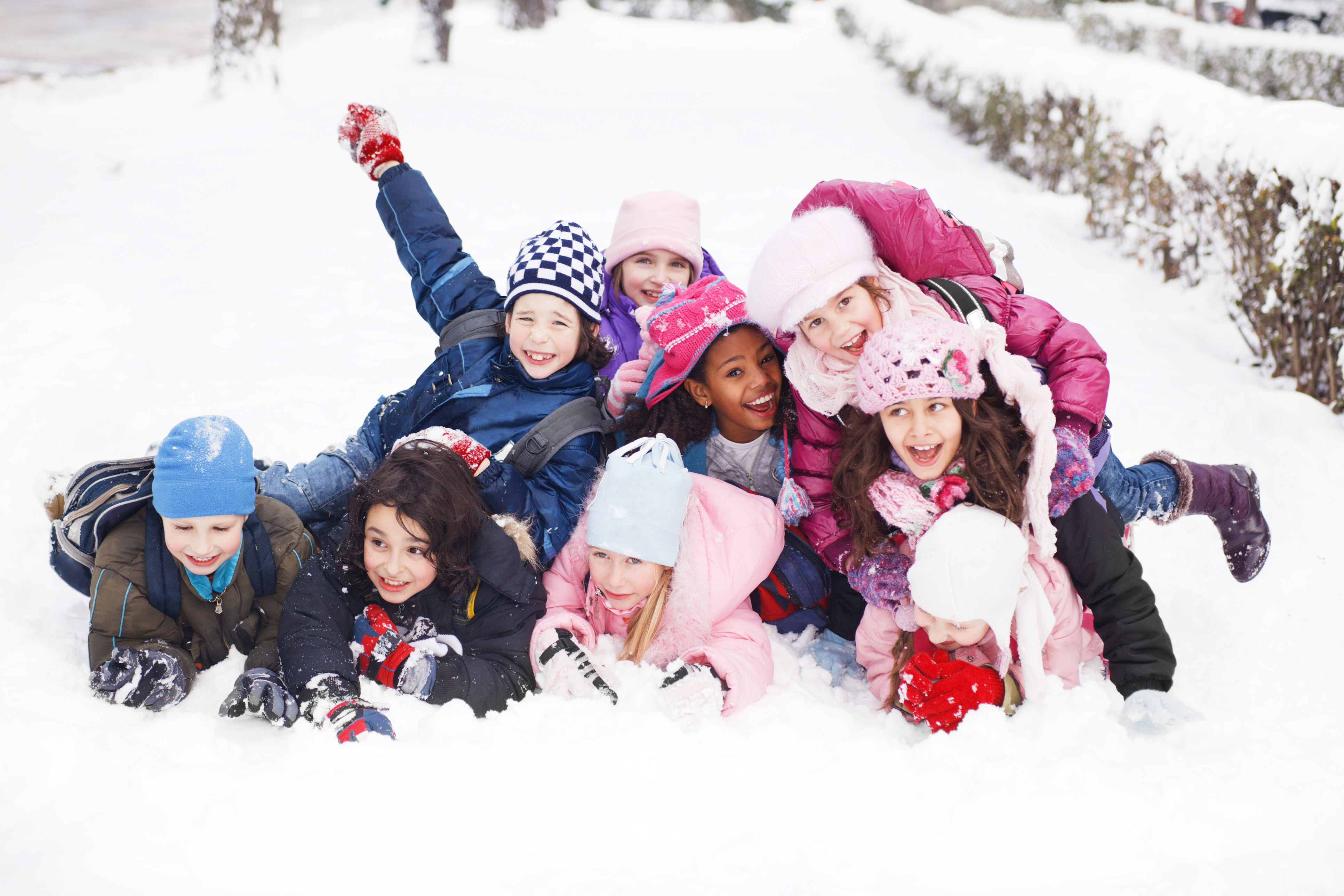
Winter in Ontario provides a rich environment for students to engage in physical activity while developing resilience, teamwork, and an appreciation for the outdoors. Elementary and secondary schools across the province can use this opportunity to promote healthy, active living and enhance outdoor learning experiences. By prioritizing accessibility, safety, and enthusiasm for winter activities, schools can create an environment where students are active, happy, and connected to the natural world.
The Importance of Outdoor Physical Activity in Winter
- Enhancing Physical Health
Activities such as active transportation, snowshoeing, ice skating and cross-country skiing improve cardiovascular endurance, coordination, and muscle strength while keeping students engaged and active.
- Boosting Mental Health and Well-Being
Exposure to fresh air and natural light during winter can help to reduce stress, improve focus, and contribute to positive mental health in students.
- Building Resilience and Confidence
Participating in winter activities that involve teamwork like broomball or focused on individual skill development like ice skating provides a variety of opportunities for students to develop problem-solving skills, teamwork, adapt in new environments, and develop perseverance.
- Fostering Environmental Stewardship
Exploring winter landscapes through winter hikes or moving and building with snow provides students with opportunities to learn about seasonal changes, the importance of protecting the environment, and appreciate the natural environment.
Strategies that Encourage Winter Activity
- Select Winter Activities that are Inclusive: select and plan activities that prioritize the participating of all students. Be aware of and provide the necessary accommodations/modifications for students identified with special education needs.
- Reduce Barriers to Participation: Engage the school community and/or partner with community organizations to access clothing and equipment that will allow for all students to participate comfortably.
- Integrate Winter Learning into the Classroom Activities: Make connections to and between learning expectations in physical education, science, social studies, and geography that involve experiential outdoor experiences.
- Include School-Wide Winter Activities: Organize events such as winter fun days and outdoor fitness challenges that allow for the entire school to participate together.
- Engage Families and the Broader Community: Communicate with parents/guardians the benefits of winter activities, provide tips on appropriate clothing to help encourage participation at home, and invite families to participate in community winter events at the school (e.g., family skating).
Safety Checklist for Educators
The Ontario Physical Activity Safety Standards in Education (OPASSE) provides safety standards for many winter activities. The standards assist educators with planning safe and enjoyable outdoor activities for students. To get started it is important to check the safety standards for the activity/activities you are planning. A few safety standards you will find in OPASSE to get started include:
Equipment:
- Check Equipment: determine that all equipment is safe for use (e.g., skates, snowshoes, sleds). Students must be encouraged to report equipment problems to the teacher.
- Protective Equipment: communicate to students and parents the importance of wearing a properly fitted and properly worn protective equipment for the activity (e.g., helmets).
Clothing/Footwear/Jewellery:
- Properly Fitting: communicate to students and parents/guardians the importance of wearing properly fitted clothing/footwear (e.g., skates, gloves).
- Ensure Proper Attire: appropriate clothing and footwear for outdoor winter activity must be worn (e.g. use layering principles, hats, mitts or gloves).
Facilities:
- Establish Boundaries and Identify Hazards: if you are going to another facility, make sure the facility provider outlines the area where students can participate (e.g., skiing/snowboarding runs) to the students so they are aware of the boundaries and hazards for the activity.
- Monitor Conditions: monitor the outdoor condition on a regular basis, and if conditions become unsafe, cease the activity.
Environmental Considerations:
- Assess Weather Conditions: monitor forecasts for extreme cold, wind chill warnings, or snowstorms and adjust plans accordingly.
- Safety Procedures: students must receive instruction on safety procedures related to environmental conditions and be made aware of ways to protect themselves (for example, frostbite, hypothermia).
Special Rules/Instructions:
- Minimize Risk and Participate Safely: prior to outdoor activities, outline to students' ways to minimize risk and strategies/rules to participate safely.
- Establish a Check-In System: keep track of students during outdoor activities and implement a buddy system/check-in system when participating off site.
Supervision:
- Supervise Activities: Assign appropriate supervision types based on the risk of the activity, the weather condition, the experience of the students, and complexity of the activity.
Embracing Winter in Ontario Schools
Winter offers Ontario schools an incredible opportunity to integrate outdoor physical activity into daily routines, fostering healthier and more engaged students. By prioritizing accessibility, safety, and enthusiasm for winter experiences, schools can create an environment where students are active, happy, and connected to the natural world.
